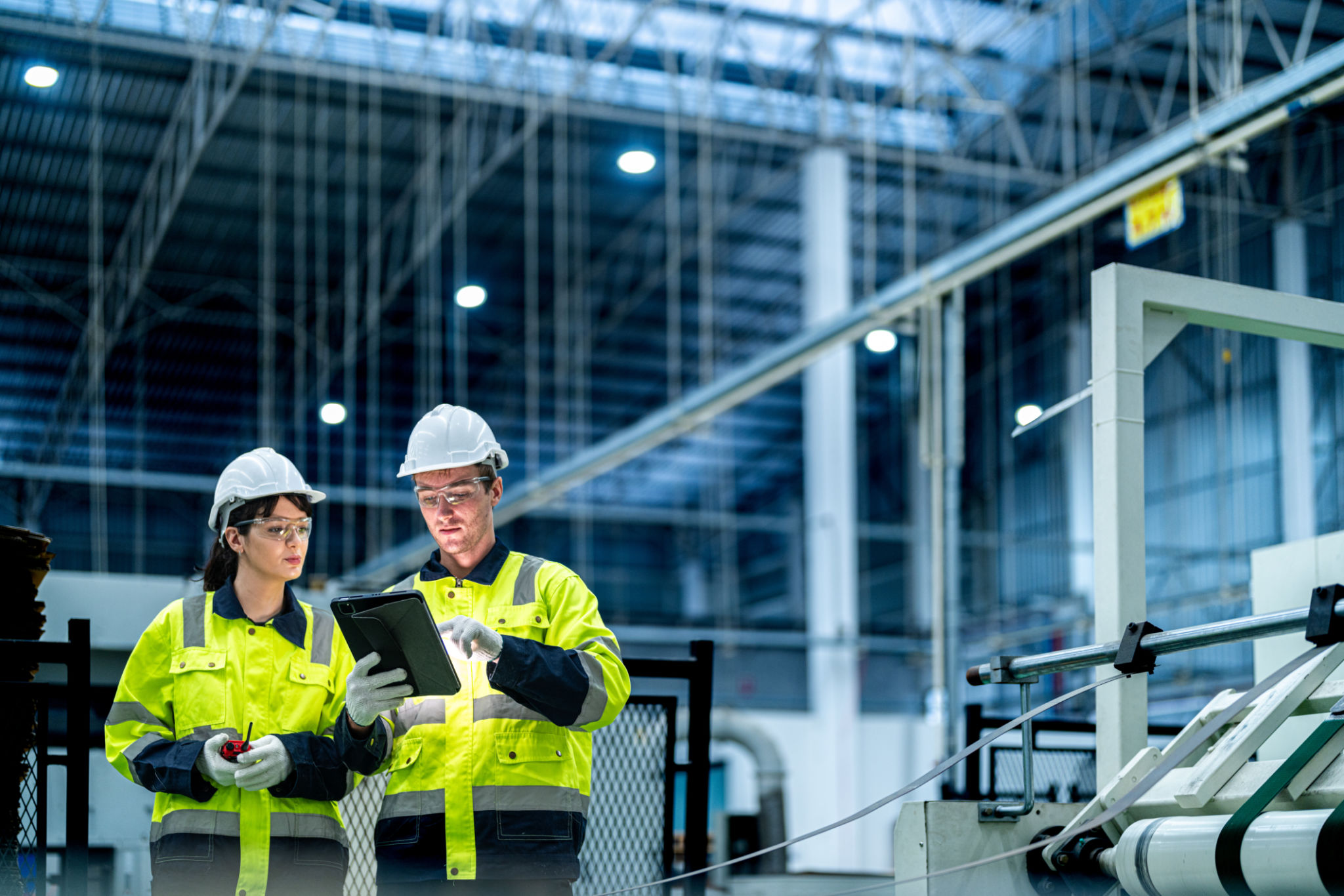Case Study: How AI and IoT Transformed a Local Factory's Efficiency
Introduction to AI and IoT in Manufacturing
In recent years, the integration of Artificial Intelligence (AI) and the Internet of Things (IoT) has revolutionized various industries, including manufacturing. A local factory recently embraced these technologies to enhance its operational efficiency, providing a compelling case study on how AI and IoT can transform traditional manufacturing processes.
By adopting AI and IoT, the factory was able to optimize production lines, reduce downtime, and improve product quality. This transformation not only increased their productivity but also positioned them as a leader in modern manufacturing practices.

Understanding the Challenges
Before implementing AI and IoT solutions, the factory faced several common challenges. These included frequent machine breakdowns, inefficient use of resources, and a lack of real-time data for decision-making. Traditional monitoring methods were unable to provide the insights needed to address these issues effectively.
The management recognized that to stay competitive, it was crucial to adopt advanced technologies that could provide deeper insights and automate routine tasks. This awareness set the stage for a comprehensive digital transformation journey.

The Implementation Process
The transformation began with the installation of IoT sensors across the factory floor. These sensors collected data on machine performance, energy consumption, and production output. This data was then analyzed using AI algorithms to identify patterns and predict potential issues before they occurred.
Additionally, AI-driven analytics provided actionable insights that allowed for better scheduling of maintenance activities and resource allocation. This proactive approach drastically reduced machine downtime and improved overall efficiency.

Key Benefits Realized
The implementation of AI and IoT brought about several significant benefits:
- Increased Efficiency: Real-time monitoring and predictive maintenance minimized downtime and optimized machine performance.
- Enhanced Product Quality: AI analytics helped identify defects early in the production process, ensuring higher quality output.
- Cost Savings: Improved resource allocation and reduced waste contributed to substantial cost savings.
Impact on Workforce
While the introduction of new technologies can often raise concerns about job displacement, this transformation had a positive impact on the workforce. Workers were trained to use new tools and technologies, enhancing their skill sets and enabling them to take on more strategic roles within the organization.
This upskilling not only improved employee satisfaction but also fostered a culture of innovation and continuous improvement within the factory.

Future Prospects
The success of this digital transformation has paved the way for further advancements. The factory is now exploring additional AI applications, such as robotics and automated quality control systems, to continue enhancing its operations.
As more manufacturers realize the potential of AI and IoT, these technologies are expected to become standard in production processes around the world. This case study demonstrates that with strategic planning and implementation, digital transformation can lead to significant improvements in efficiency and competitiveness.